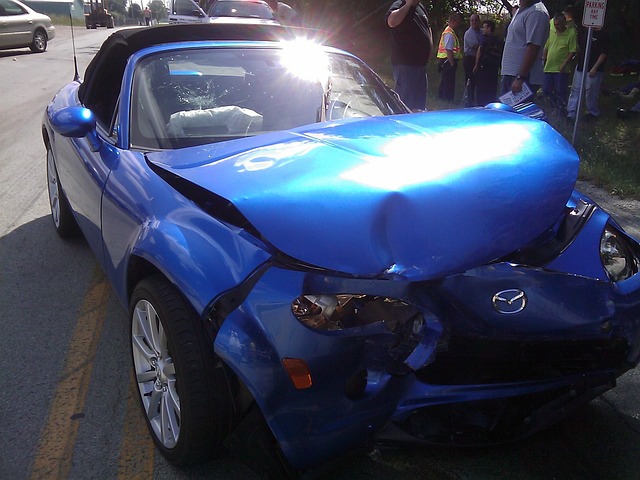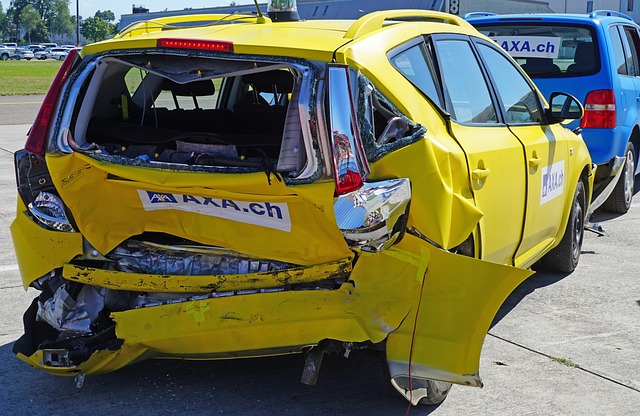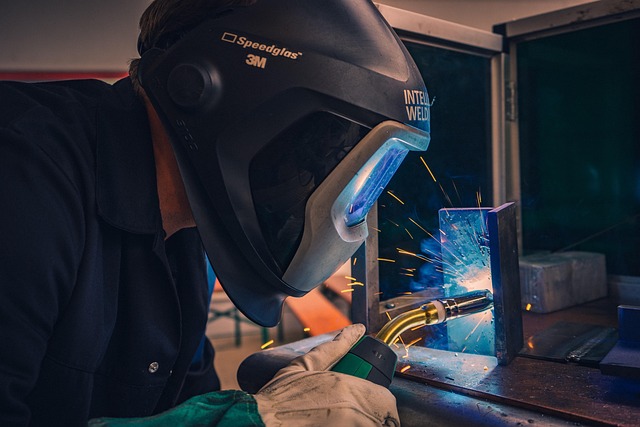Insurance-certified repairs are a vital process in automotive restoration, adhering to strict industry standards set by insurance policies. This involves specialized technicians performing various collision repair techniques while prioritizing safety, pre-accident value retention, and eco-friendly practices. Insurance companies partner with certified facilities to streamline claims processing, ensuring quality, cost-effectiveness, consistency, and fraud prevention. Both policyholders and insurers benefit from this transformation, with faster repairs, financial integrity, and enhanced relationships for insurance providers, as well as assured, high-quality work for policyholders. For premium brands like Mercedes-Benz, certified repairs are crucial in maintaining brand image as pillars of quality and craftsmanship.
Insurance-certified repairs are transforming the auto insurance landscape, ensuring that vehicle damage is fixed safely and efficiently. This article delves into the significance of these repairs, exploring how they benefit policyholders and the automotive industry. We’ll dissect the process through which insurance companies integrate certified repairs, highlighting their role in streamlining claims and promoting quality workmanship. By understanding these key aspects, drivers can make informed decisions regarding their vehicle’s maintenance and repair.
- Understanding Insurance-Certified Repairs: Definition and Benefits
- How Insurance Companies Integrate Certified Repairs into Claims Process
- The Impact of Insurance-Certified Repairs on Policyholders and Auto Repair Industries
Understanding Insurance-Certified Repairs: Definition and Benefits

Insurance-certified repairs refer to a set of automotive restoration services that meet strict industry standards and guidelines, ensuring they adhere to insurance policies’ requirements. This meticulous process involves skilled technicians who specialize in various aspects of car collision repair, from complex structural adjustments to precision paintwork and even tire services. By prioritizing these certified repairs, insurance companies aim to maintain the integrity and safety of vehicles while facilitating a smoother claims settlement process.
The benefits of insurance-certified repairs are multifaceted. For one, they guarantee that the vehicle’s pre-accident condition is accurately restored, preserving its original value. Moreover, these repairs promote road safety by ensuring that cars meet stringent quality and structural integrity standards after accidents. This meticulous attention to detail also helps in minimizing the environmental impact of car collisions by properly disposing of old parts and utilizing eco-friendly replacement materials where possible, such as in fender repair.
How Insurance Companies Integrate Certified Repairs into Claims Process
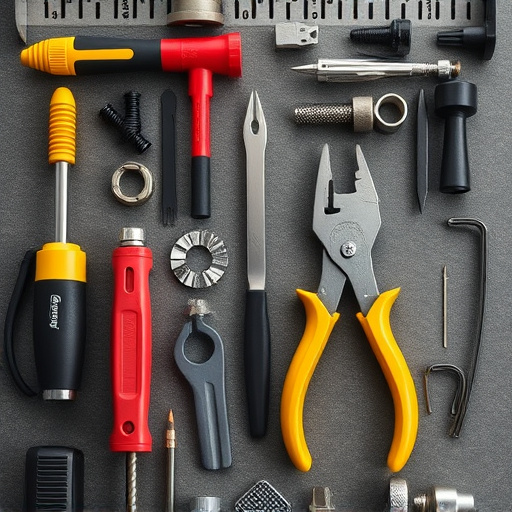
Insurance companies have recognized the importance of insurance-certified repairs in ensuring quality and cost-effectiveness within their claims process. They collaborate with certified repair facilities to streamline the vehicle restoration process, from initial assessment to final inspection. These partnerships ensure that only authorized and qualified technicians handle specific tasks like fender repair or frame straightening.
By integrating insurance-certified repairs, insurers can maintain control over the scope of work, material choices, and labor standards. This integration promotes consistency in service quality across different repair centers. Additionally, it helps in accurately calculating and approving claim payments, minimizing fraudulent activities such as unnecessary repairs or use of substandard parts. As a result, policyholders benefit from faster turnaround times for their vehicle repairs while insurance providers maintain financial integrity within their claims management system.
The Impact of Insurance-Certified Repairs on Policyholders and Auto Repair Industries
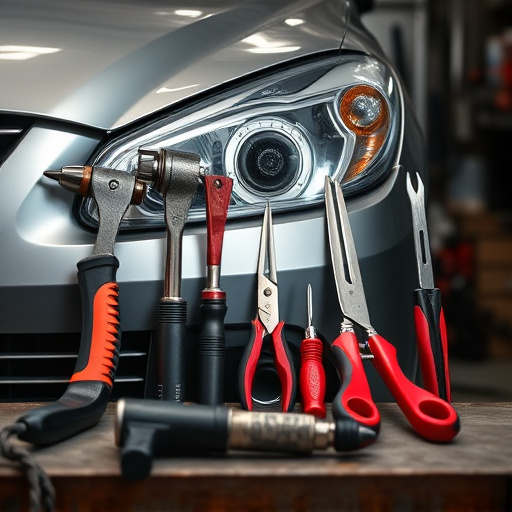
Insurance-certified repairs play a pivotal role in reshaping the dynamics between policyholders and auto insurance providers. When a vehicle undergoes certified repairs after a collision, it ensures that the repair process adheres to specific industry standards and guidelines. This has a profound impact on both parties involved. Policyholders benefit from guaranteed quality and safety, knowing their vehicles are restored to pre-collision condition by trained professionals. It also simplifies the claims process, as insurance companies can verify the authenticity of the repairs, potentially leading to faster settlements and less bureaucratic hassle.
For the auto repair industry, these certified repairs present a reliable and reputable way to conduct business. Auto body shops that achieve insurance certification establish themselves as trusted partners in the claims process, fostering strong relationships with insurance providers. This enhances their credibility with customers who have had collision experiences, many of whom are now more discerning when choosing a repair shop. For premium brands like Mercedes-Benz, ensuring certified repairs post-collision is not just about maintaining vehicle integrity but also upholding the brand’s reputation for quality and craftsmanship.
Insurance-certified repairs play a pivotal role in modern auto insurance, ensuring that policyholders receive high-quality, reliable, and cost-effective vehicle restorations. By integrating these certified processes into their claims management, insurance companies safeguard their customers’ interests while fostering healthy relationships with reputable repair industries. This collaborative approach not only streamlines the claims process but also strengthens consumer confidence, creating a win-win scenario for both policyholders and auto repair businesses alike.
